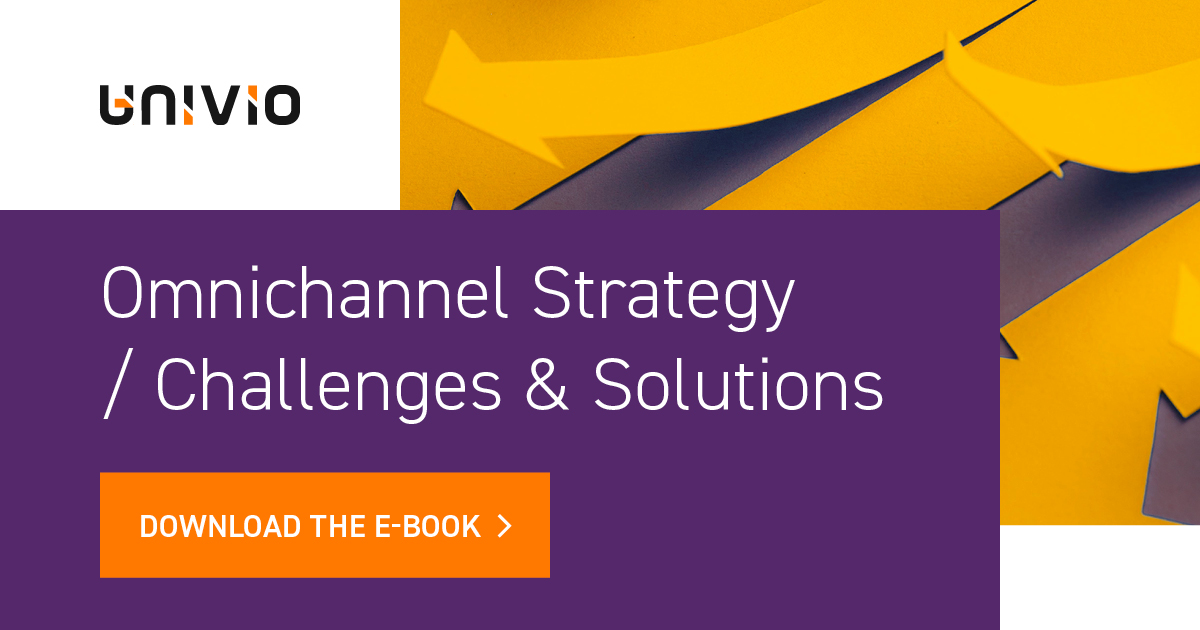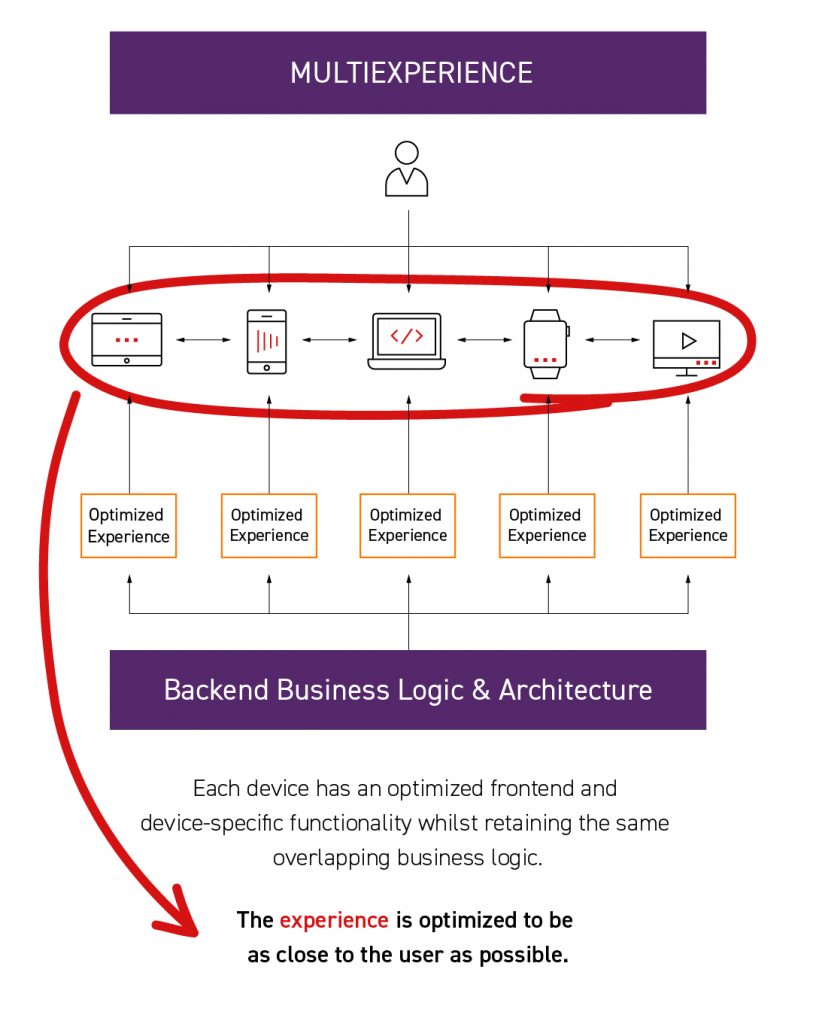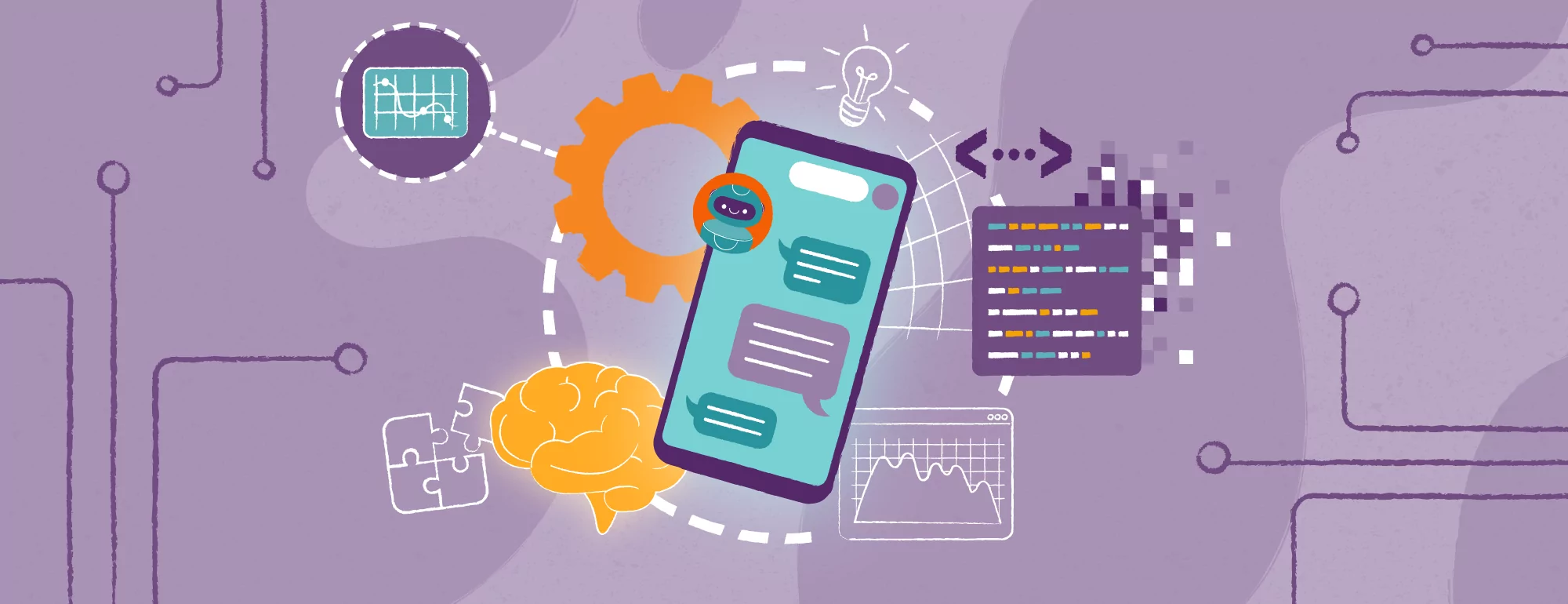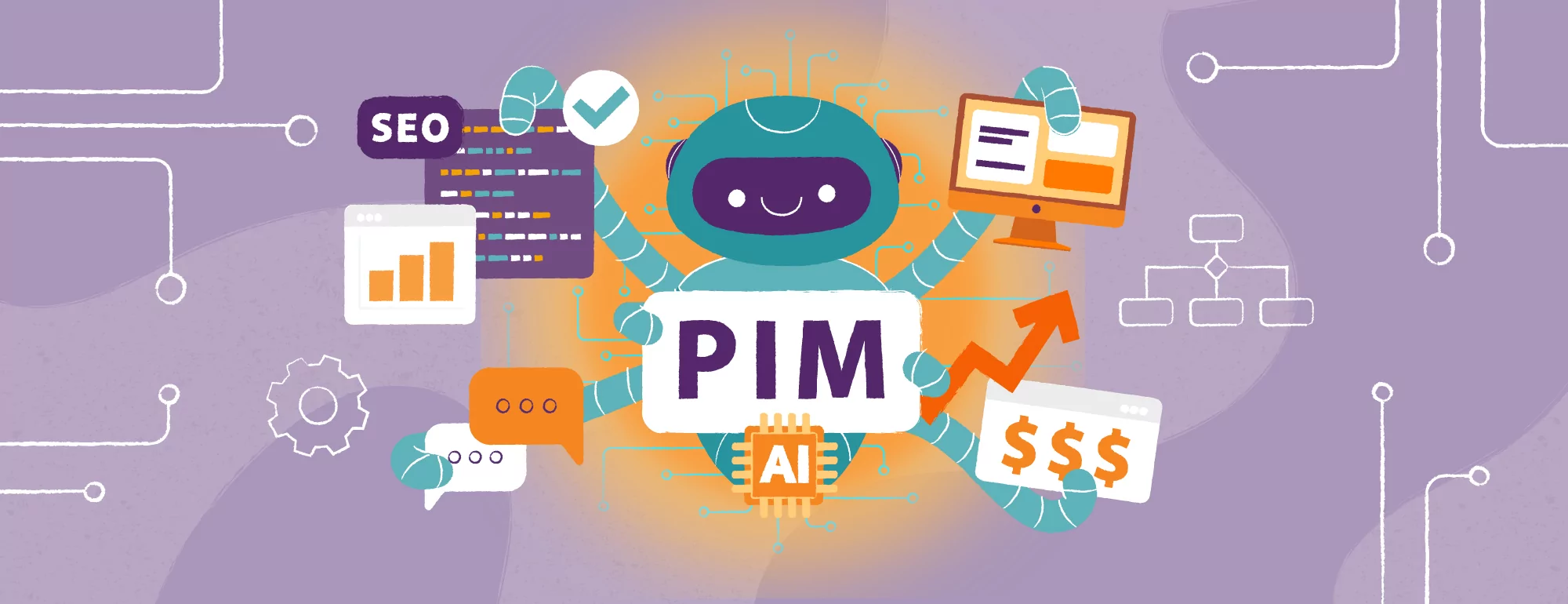Why, When & How to Use Headless CMS
Modern websites can be set-up in a number of different ways. From traditional websites and web portals to progressive web apps, there’s more than one way to get your business online. And, as is often the case, there’s no one right answer.
That being said, for marketing specialists, the most important part is the content management system. Most are familiar with traditional options, such as WordPress. However, in many areas, these choices are limited by other technical aspects of the business. Fortunately, technology also has the answer: headless CMS.
While we may be head over heels for headless, it’s not for everybody. Here’s why/when you should use it (as well as a little on when you shouldn’t…)
Recap: Headless vs Non-Headless CMS
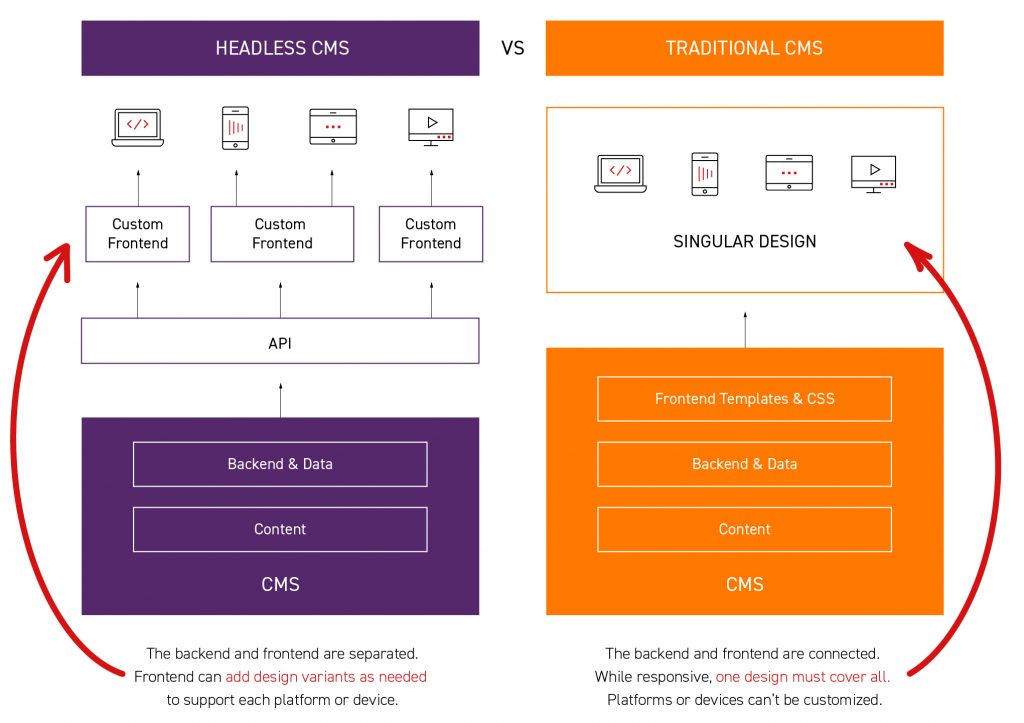
We’ve covered how headless CMS works before, so let’s keep this simple. With traditional (non-headless) content management systems, the frontend and backend are connected. WordPress is a classic example. Pages are fixed via templating and the backend.
In a headless system, the frontend is only connected to the backend via API, which pushes content from the database. This way, the frontend is free to be changed and adapted as needed.
So, without further ado, when and why should you use headless CMS?
Because You’re Multiexperience
For many businesses a website is not enough. Whether its desktop, mobile, customized platforms or even digital marketing efforts, the more present your company can be, the better. From a technical standpoint, this means ditching traditional architecture for a decoupled backend and frontend. A singular backend relying on API can push to multiple frontends: embracing the so-called multiexperience approach.
Here, you have two options: a headless CMS or Digital Experience Platform (DXP). The latter is a complete revolution, as it’s an entire platform the underlines everything you do. A headless system, on the other hand, can be phased in alongside other systems due to its API nature. It does require a little more implementational work, but it’s a more immediate solution to specific needs: in this case, pushing content and data while retaining all the backend usability your teams require.
Because You Want to Expand
But what if you’re not multiexperience right now? Well, what if you want to do so in the future? Traditional CMS risks a certain amount of ‘lock in’ as it’s not designed to adapt to multiple channels. When it comes to expansion, you’ll quickly find the old-fashioned CMS isn’t willing to connect to new platforms, channels or designs.
A headless CMS helps your business scale. Whether you want to open up new markets with multiple language support, launch additional websites/apps or even scale up offline materials, headless CMS can do that. It’s the central repository for all content – the single source of truth – that acts as the idea launching off platform.
Because You Want to Update Your Branding With Ease
With a fixed frontend, updating your branding means updating every page and template. Significant changes here could require your teams to go in and re-write entire areas of content. What started as a simple visual update can lead to redoing entire areas of work.
On the other hand, when the CMS is decoupled via headless architecture, the frontend is free to do as it needs. Want to rearrange some content? Since it’s all sent via API, the frontend team can do this without requiring the content team on the backend. It’s a win-win for everyone.
Because You Care About Web Performance
If you’re using a content management system at all, we’re 99.99% sure you’re going to be using it for your website. And if you care about website performance (as well as mobile optimization), headless architecture brings more immediate benefit.
A headless website can be optimized to ease client-side loading as much as possible. This can be done through web friendly technologies such as JavaScript, API and Markup (the so-called JAMstack approach) with databases on the server side (with prerendering where possible).
This is great for mobile, too, because a lighter loading strain is ideal for devices that don’t always have a strong connection. And in the age of mobile-first search engines and indexing, supporting your mobile users is never a bad strategy.
Because You Want to Keep Marketing Happy & Enabled
If there’s one thing we hope came through in those earlier points, it’s that a headless CMS lets marketing do what it does best. Need to update visuals? No problem! Need to update the text? Also not a problem! Need to break away from a templated design and get a little custom? Well, you’ll still need help from the design/frontend team, but yeah, it’s very possible.
… but You Don’t Want to Compromise the Rest of the Business
The most important point, however, is that headless architecture enables all parts of the business. We’re not giving complete and unlimited power to marketing, sorry! The separated, headless architecture approach means that every area that can be adapted as necessary – without bringing the company to a standstill in the process.
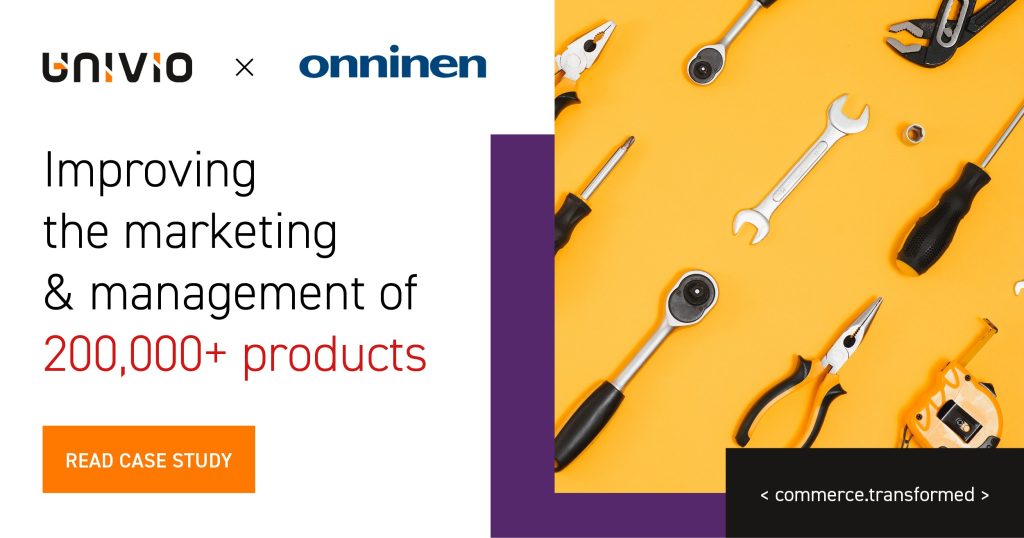
… and You Haven’t Forgotten About Sales!
Marketing doesn’t have all the fun 😊 Aside from the obvious fact that benefiting marketing (and thus customer retention, lead generation and remarketing) also benefits sales, we wanted to make one more additional point.
Many dedicated sales solutions don’t play nice with traditional CMS – or to be more precise, the latter doesn’t leave room to implement the former. As such, headless architecture leaves your infrastructure as agile and adaptable as possible, avoiding one of the biggest clashes between marketing and sales when it comes to how the website should work.
Getting Ahead With Headless
We won’t lie to you – the open nature of headless CMS means they lose the ‘plug and play’ aspect of traditional CMS. However, for a little more investment at the start, you get a much more flexible and forward-facing solution.
It’s your call to make, of course, but to summarize:
When to Use Headless CMS
- When you want to ensure expansion in the future
- When you want to improve web performance as much as possible
- When you want to stay consistent across multiple channels
- When you want to update your branding and visuals without having to redo everything everywhere
- You want to keep marketing (and sales!) happy 😊
When Not to Use Headless CMS
- When your business model is one small website and you’re not planning any frequent or major updates (and you’re confident about that)
- When you want to truly invest in marketing automation to support branded engagement – in which case you need a digital experience platform 😉
- When your marketing team isn’t ready yet.
We hope this overview of headless CMS helped you assess your current needs. At the very least, we hope you’re content with the answers. If you were looking for a straight ‘yes’ or ‘no’ then we apologise – it’s just never that simple.

